
Vermeidung von Risiken und Fehlern bei der Verwendung von Hundetreppen für Autos
When it comes to ensuring the safety and comfort of your furry friend during car rides, dog stairs can be an invaluable tool. They provide

Ensuring the safety and security of your dog while using stairs for cars is paramount. Just like humans, dogs can be prone to accidents and injuries if proper precautions are not taken.
Whether you have a small puppy, an elderly dog, or a pet with mobility issues, dog stairs can be a valuable tool to help them access your vehicle safely.
However, it’s not just about providing the stairs; it’s also about ensuring that they are used correctly and safely. In this guide, we will delve into the essential steps you need to take to keep your furry friend safe and secure while using stairs for cars.
From selecting the right type of stairs and ensuring they are properly set up, to training your dog on how to use them correctly, we will cover all the bases. We will also discuss the importance of regular maintenance and inspection of the stairs to prevent accidents.
By the end of this guide, you will have a comprehensive understanding of how to provide a safe and secure environment for your pet during car rides, giving you peace of mind and ensuring that your dog remains happy and healthy. Let’s get started!
Preventing the stairs from shifting, sliding or tipping over is the first priority for safety.
Proper anchoring and footing keep the stairs in place so your dog can focus just on their own movement.
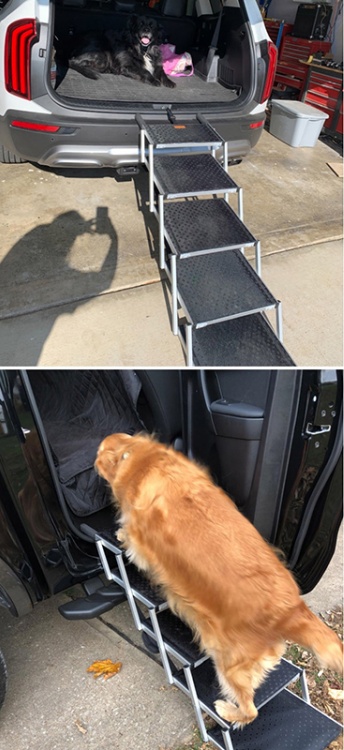
Dogs should not rush into using car stairs. Gradual training is vital for safety.
Specialized gear adds further protection and stability:
The right accessories customized for your dog maximize safety across many situations.
Carefully positioning the stairs each use enhances security:
Adhering to these last tips ensures your dog remains protected while accessing vehicles:
Dog stairs provide amazing benefits, but only with proper diligence to safety. Take all precautions and value your dog’s well-being above all else. With time, training and care, car stairs become a stress-free part of your dog’s routine.
Stay alert and keep your companion secure as they comfortably come and go for adventures. Check-in frequently with your veterinarian as well to ensure your dog remains physically able to utilize stairs without difficulty or pain. Adjust equipment and approach as needed to provide the safest, most compassionate experience possible.
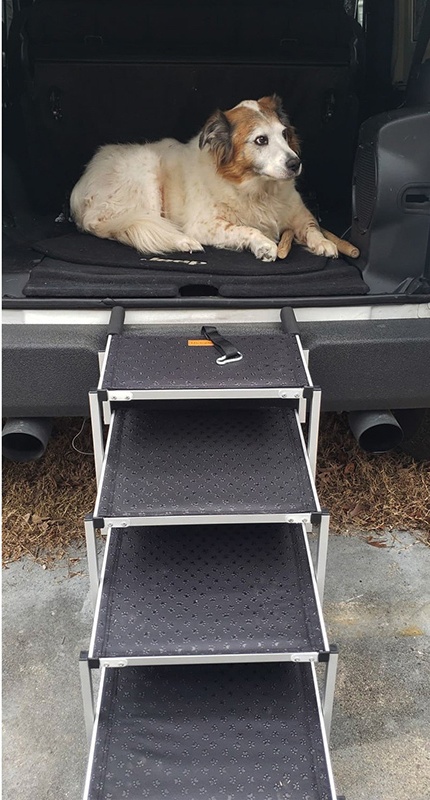
Selecting an appropriate set of stairs tailored for your dog is the first step in safety. Consider these factors:
Getting the right stair height, strength and step dimensions prevents accidents and discomfort.
Stay alert to any indications your dog is struggling with the stairs:
If you observe any difficulties, consult your veterinarian to evaluate if underlying issues are making stairs challenging. Your dog may need extra support, rehabilitation or a stair alternative.
Certain situations indicate discontinuing stair use completely:
Severe arthritis eventually makes stairs too painful and risky. Switch to ramps.
Dogs losing strength from age or injuries can become suddenly unstable.
If your dog vocally yelps, avoids stairs or seems stiff, stop using them.
Dogs losing sight struggle to gauge stair dimensions.
Place your dog’s quality of life first. There are always other ways to safely lift them if stairs become too difficult.
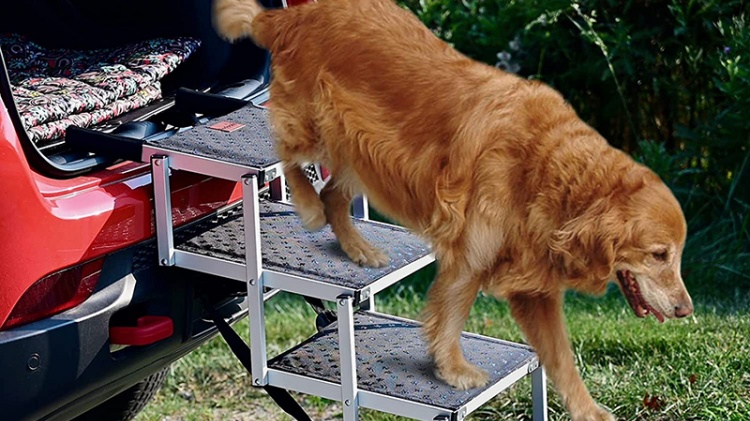
If dogs can no longer handle stairs, there are other safe ways to get them into vehicles:
Provide a gently sloped entry for limited mobility dogs.
Mechanical lifts raise and lower dogs smoothly and safely.
Allows humans to safely lift dogs without strain.
Platforms placed by sedan doors lift small dogs up closer to the entry-level.
Hydraulic tables rise to vehicle height for easy pet loading.
With creativity and compassion, you can ensure your dog’s continued safety, comfort and independence. Their wellbeing is the top priority.
Using dog stairs requires diligence, patience and care. But the rewards of preserving your dog’s mobility and freedom are immense.
Take all steps needed to turn car stairs into a secure, confidence-building experience that deepens the bond with your faithful companion. They depend on you for safety – be their guardian and their friend in this new adventure.
With common sense and compassion, you’ll both be riding safely in no time.


When it comes to ensuring the safety and comfort of your furry friend during car rides, dog stairs can be an invaluable tool. They provide

Getting dogs in and out of vehicles easily and safely is a priority for pet owners. While you can purchase pre-made pet stairs or ramps,
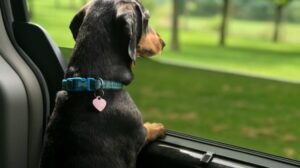
Training your dog to use stairs for cars is an essential aspect of ensuring their safety and comfort during car rides. Whether you have a

Getting pets in and out of vehicles can be challenging, especially for seniors, injured, or large dogs. Dog car stairs provide a simpler, safer solution
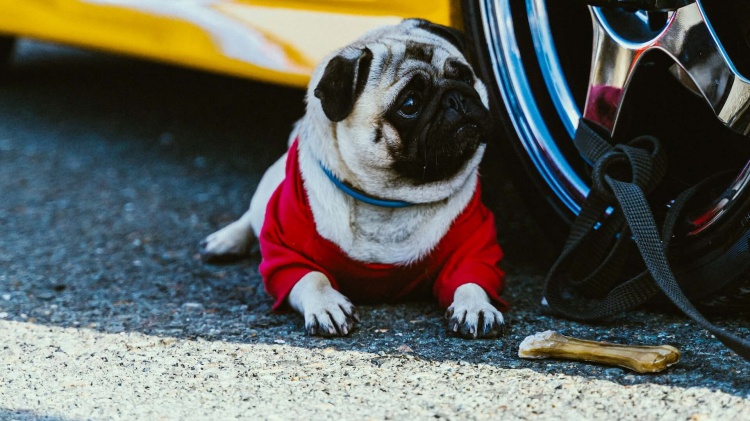
When it comes to ensuring the safety and comfort of your furry friend during car rides, dog stairs can be an invaluable tool. They provide

Ensuring the safety and security of your dog while using stairs for cars is paramount. Just like humans, dogs can be prone to accidents and
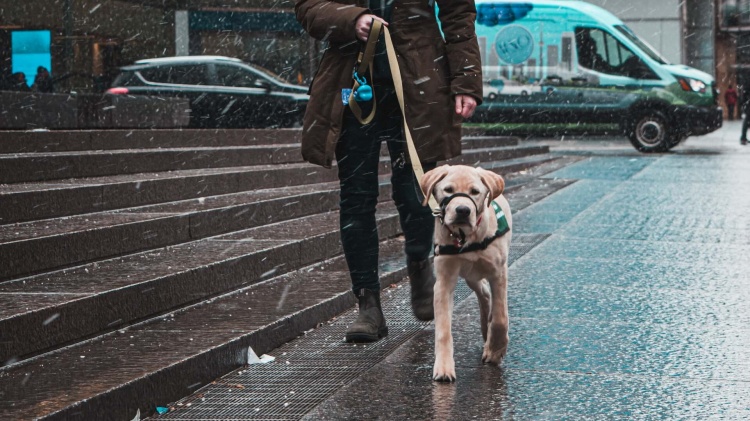
Getting dogs in and out of vehicles easily and safely is a priority for pet owners. While you can purchase pre-made pet stairs or ramps,

Training your dog to use stairs for cars is an essential aspect of ensuring their safety and comfort during car rides. Whether you have a
Copyright © 2024 petstepsdogstairs. All Rights Reserved.